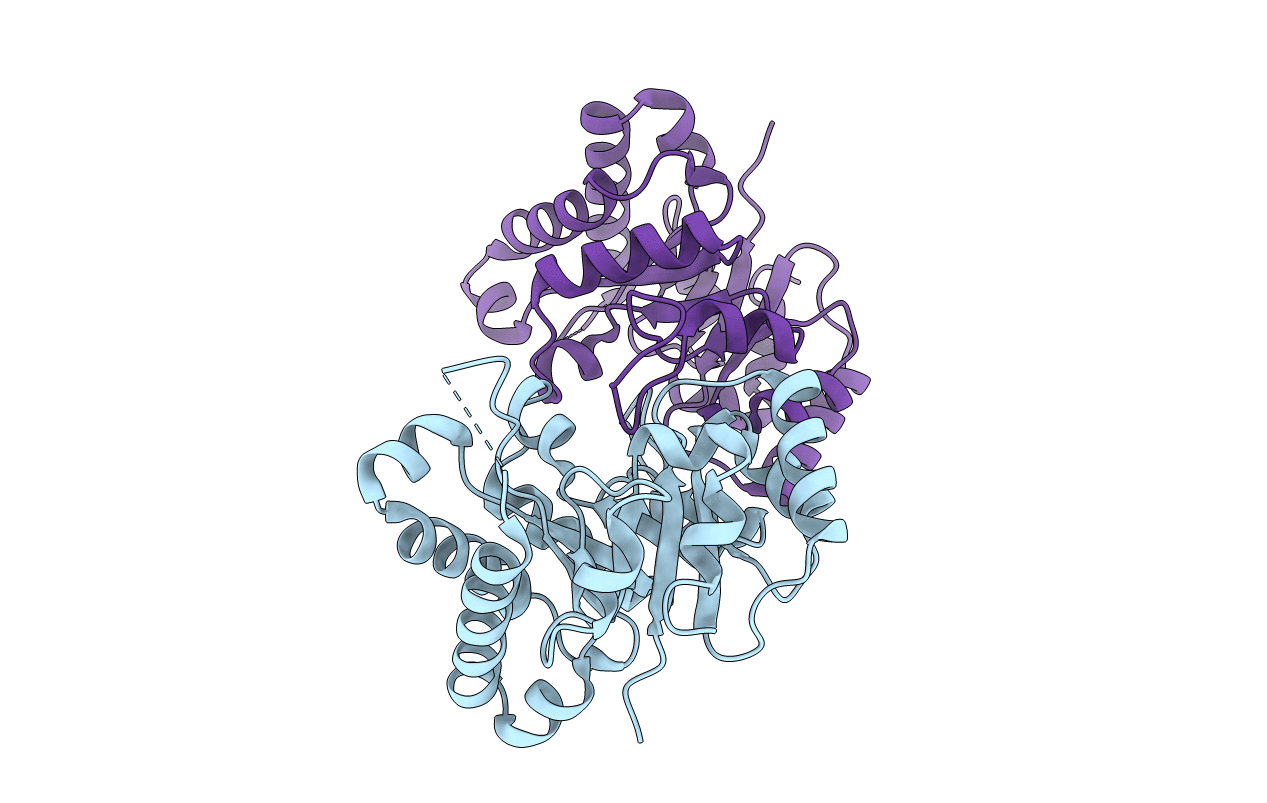
Deposition Date
2014-03-21
Release Date
2014-08-27
Last Version Date
2023-12-27
Entry Detail
PDB ID:
4P61
Keywords:
Title:
CHICKEN TRIOSEPHOSPHATE ISOMERASE WITH LOOP6 MUTATIONS, V167P AND W168E.
Biological Source:
Source Organism:
Gallus gallus (Taxon ID: 9031)
Host Organism:
Method Details:
Experimental Method:
Resolution:
1.34 Å
R-Value Free:
0.20
R-Value Work:
0.16
R-Value Observed:
0.16
Space Group:
C 1 2 1


